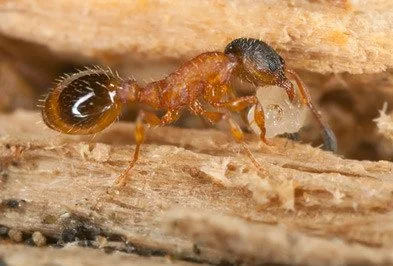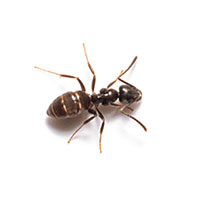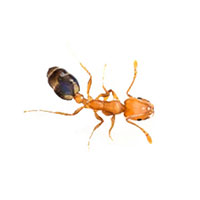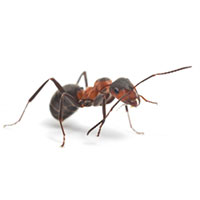Thief Ants in Wisconsin
Thief ants are distributed throughout much of Wisconsin and get their name from their habit of nesting near other, larger ants. They enter their neighbor’s nest to steal food and prey upon larvae. Colonies of thief ants tend to be small but they can contain multiple queens and several thousand workers. Outdoors, these ants feed on rodents and insects. Also known as grease ants, thief ants enjoy feeding on potato chips and other greasy household foods.
Thief Ant Habitat
Outdoors, nests are found in exposed soil, under rocks, or in rotting wood. Indoors, they nest in woodwork and masonry. Thief ants enter structures through cracks in the foundation or small openings in woodwork, especially during hot weather. They use electric wires in wall voids to move from one room to another. Commonly found in kitchen areas of homes, thief ants forage in trails seeking greasy foods, proteins, and dairy products.
Thief Ant Behaviors, Threats, or Dangers
Thief ants can bite, though they rarely do. They are considered a danger as they feed on dead rats, mice, and insects. When they enter homes, thief ants may be carriers of disease-producing organisms, contaminating food sources as they forage. Thief ants trail inside cabinets, on walls, baseboards, tree branches, and shrubs. Due to their small size, they are able to forage into packaged foods. If a thief ant infestation is suspected, it is recommended to contact a licensed ant exterminator.
Need help with Thief Ants?
We'll call you! Leave your information below.





